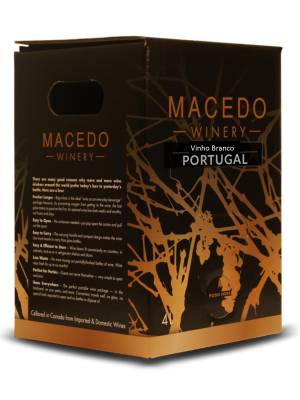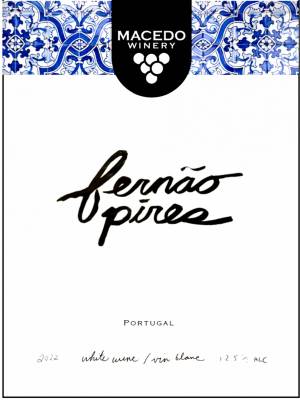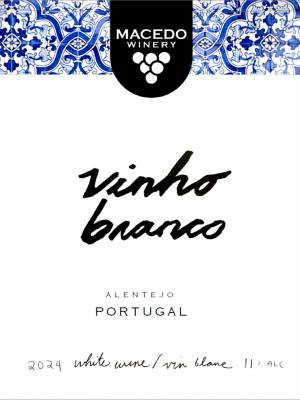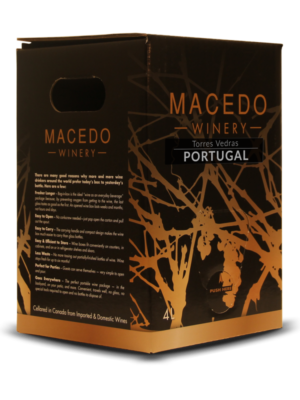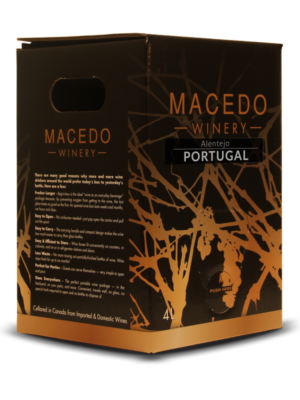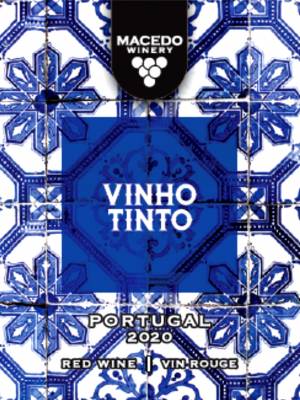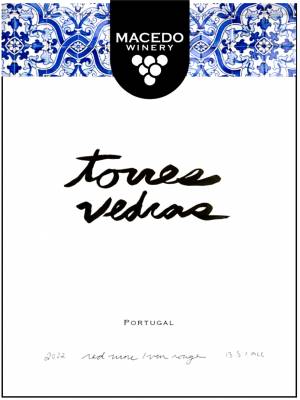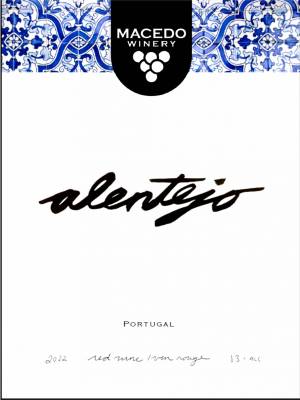Portugal
Portuguese wine is the result of traditions introduced to the region by ancient civilizations, such as the Phoenicians, Carthaginians, Greeks, and mostly the Romans. Two of the wine producing regions, the Douro Valley Wine Region (Douro Vinhateiro) and Pico Island Wine Region (Ilha do Pico Vinhateira), have been protected by UNESCO as World Heritage.
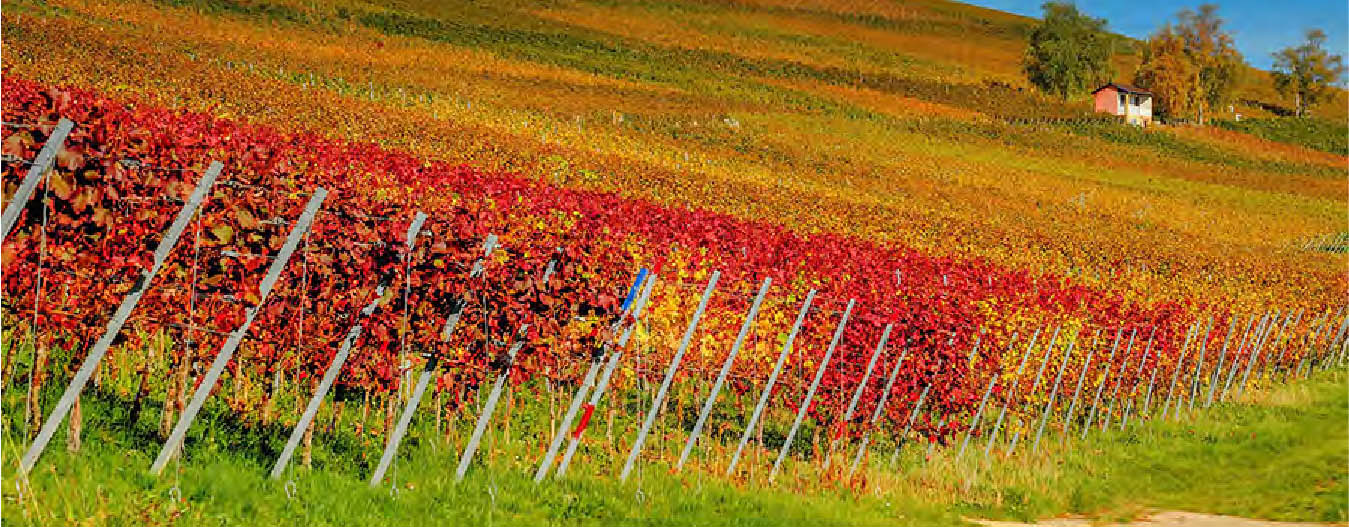
Torres Vedras
Torres Vedras, is the area which has the largest wine production in Portugal. Here, we can find, clayey -calcareous and sandy soils, very fertile, which improve the quality and growth of grapes. The climate is mild, with an average rainfall of 700 mm per year and there are no major changes in temperature. These are the characteristics that make the wines of this region so unique.
In those vineyards you can find, among others, the varietals Castelao (also known as Periguita), Arogonez (also known as Tinta Roriz), Tinta Miuda and Alicante Bouschet. These are fully ripe in clayey-calcareous soils, in the light of the Sun and with a low rainfall. The vines grow in surface soils of low fertility and aren’t watered at any time of the year to avoid the reduction of tannins, basic elements for an excellent ageing.
The pruning of the vines during the winter and summer is performed conscientiously and with extreme care: before harvest, already after the appearance of the fruit, when necessary, some branches are removed in order to increase the quality of the grapes that remain in the plant
All these processes reduce the yield of vineyards, but keeps the appropriate quantity and quality to get the best grapes, with the better grades of acidity and tannic structure, needed for the production.
Alentejo
Alentejo’s modern style of intense fruit, with a richness that is quite ‘new world’ in character, soft tannins.
The Alentejo District covers about one-third of the total wine growing area of Portugal and lies between Lisbon and the Algarve in the very south. It is has been established in producing reputable red wines that have a bouquet of ripe fruits while remaining soft on the palate. They use six principle grape varieties; Alfrocheiro, Alicante Bouschet, Aragonez, Castelão, Rabo de Ovelha, Síria, Touriga Franca, Touriga Nacional and Trincadeira.
The Alentejo’s reliable warm to hot climate, consistency of vintages, improved use of premium grape varieties and state of the art winemaking techniques have played a huge of Alentejo’s wine popularity. The warm dry climate conditions are excellent for producing healthy, ripe grapes with adequate sugar levels, mature red berry flavours and soft ripe tannins. The Alentejo wine style has emerged into a very uncomplicated and fruit driven wine, and has proven to be very appealing to the public.
Alentejo’s winemaking style is very similar to new world wines, especially that of Australia. Alentejo works with ripe, healthy fruit in a warm to hot climate. They pick the grapes as soon as optimum ripeness is achieved. They are then transported to the winery for vinification as rapidly as possible.
Beira Interior
These high, granite uplands over by the Spanish border include some of Portugal’s highest and most impressive mountains.
The climate is seriously continental, hot and dry in summer, but with very cold, long winters. In the summer and autumn heat, alcohol levels can shoot up before tannins are fully ripened, but with care and skill, good, balanced wines can be made.
Ripening is easier in the southern sub-region, Cova da Beira, whose exclusive local white grape, Fonte Cal, can make rich, honeyed wines with steely acidity. Other white varieties include Arinto, Malvasia Fina, Rabo de Ovelha and Síria. The main red varieties are Bastardo, Marufo, Rufete, Tinta Roriz and Touriga Nacional. Many vines are old – a plus for quality, meaning small yields and potentially greater concentration in the grapes.
You may enjoy
-
Portugal Vinho Branco
$42.80 – $118.80 -
Portugal Fernao Pires 2022
$11.80 -
Portugal Vinho Branco 2024
$10.80 – $17.50 -
Portugal Vinho Tinto
$42.80 – $118.80 -
Portugal Torres Vedras
$43.80 – $119.80 -
Portugal Alentejo Red
$43.80 – $119.80 -
Vinho Tinto 2020
$10.80 -
Torres Vedras Red 2022
$11.50 – $17.80 -
Portugal Alentejo Red 2022
$11.50 – $17.80

